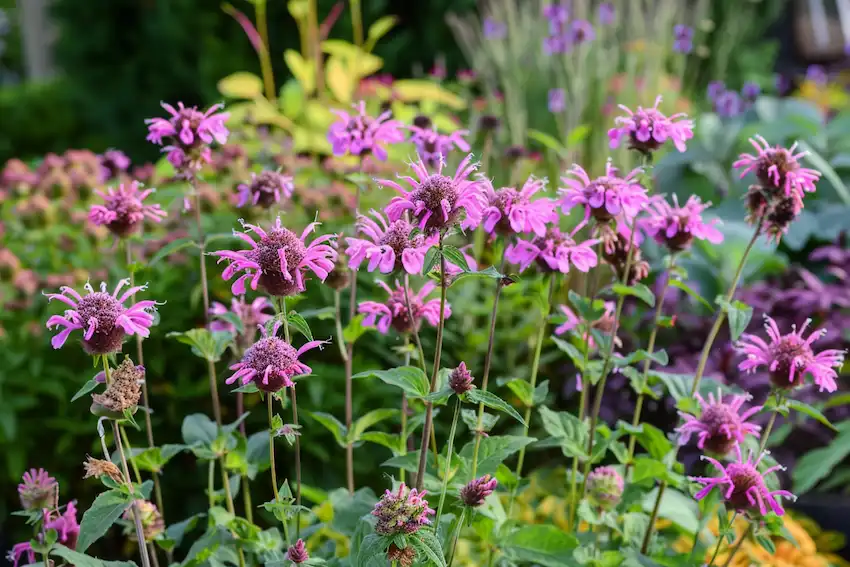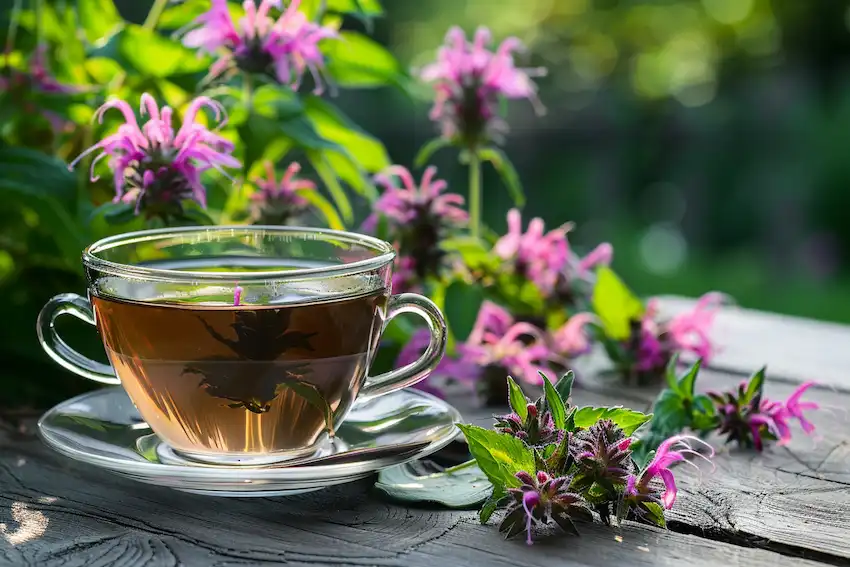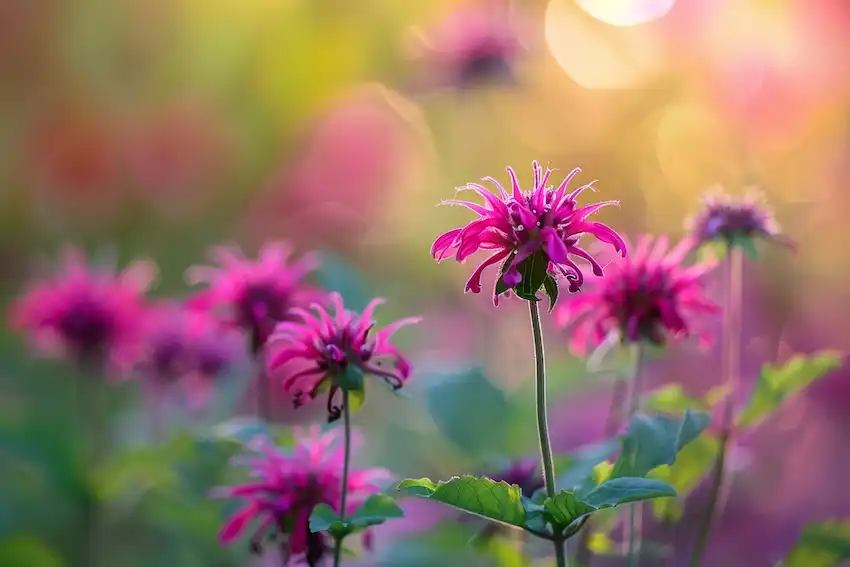The Buzz on Bee Balm: Why It Belongs in Every Backyard
In the symphony of a garden, each plant plays a role, but some are unsung heroes that bring harmony to the ecosystem. Bee balm, with its vibrant flowers and enticing fragrance, is one such plant. Native to North America, bee balm (Monarda didyma) is more than just a beautiful addition to your garden; it’s a beacon for pollinators and a plant with versatile uses. Here’s why bee balm deserves a spot in every backyard.

Ecological Benefits
Pollinator Magnet
Bee balm is renowned for attracting a variety of pollinators, including bees, butterflies, and hummingbirds. Its nectar-rich flowers are a vital food source for these creatures, especially in urban and suburban areas where natural resources may be scarce.
Supporting Biodiversity
By attracting diverse pollinators, bee balm helps to support and maintain biodiversity within your garden ecosystem. This, in turn, can lead to healthier plants and a more robust environment.
Aesthetic Appeal
Visual Interest
With its vibrant red, pink, purple, or white flowers, bee balm adds a splash of color to any garden setting. Its unique, crown-like blooms stand out among other plants, making it a focal point in landscape designs.
Fragrance
The leaves and flowers of bee balm exude a pleasant aroma, which can vary from minty to citrusy, adding another layer of enjoyment to your garden.
Culinary and Medicinal Uses

Herbal Tea
Bee balm leaves can be used fresh or dried to make an aromatic herbal tea. This tea is not only delicious but is also believed to have soothing properties, aiding in digestion and relaxation.
Natural Remedy
Historically, bee balm has been used for medicinal purposes, including as a natural antiseptic for minor wounds and as a remedy for colds and flu, thanks to its thymol content.
Easy to Grow and Care For
Growing Conditions
Bee balm thrives in full sun to partial shade and prefers moist, well-drained soil. It’s adaptable to various soil types, making it suitable for many garden settings.
Maintenance
While bee balm is relatively low maintenance, regular deadheading (removal of spent flowers) can promote a longer blooming period. It’s also a good practice to divide the plants every 3-4 years to prevent overcrowding and promote vigorous growth.

Step-by-Step Guide to Growing Bee Balm
- Select a Planting Site: Choose a location that receives at least six hours of sunlight daily and has well-draining soil.
- Prepare the Soil: Amend the soil with compost or other organic matter to improve fertility and drainage.
- Planting: Plant bee balm in the spring or early fall. Space plants about 18-24 inches apart to allow for air circulation.
- Watering: Keep the soil consistently moist, especially during the first growing season to establish a deep root system.
- Mulching: Apply a layer of mulch around the plants to retain moisture and suppress weeds.
- Pruning and Maintenance: Deadhead spent blooms to encourage more flowers. In the fall, cut back the stems to a few inches above the ground to prepare for winter.
Whether you’re an avid gardener or a novice, growing bee balm in your backyard offers myriad benefits, from enhancing biodiversity and supporting pollinators to providing beauty and aromatic pleasure. Its ease of care and versatility make bee balm an indispensable addition to any garden, underlining the belief that sometimes, the most impactful changes begin in our own backyards.



















